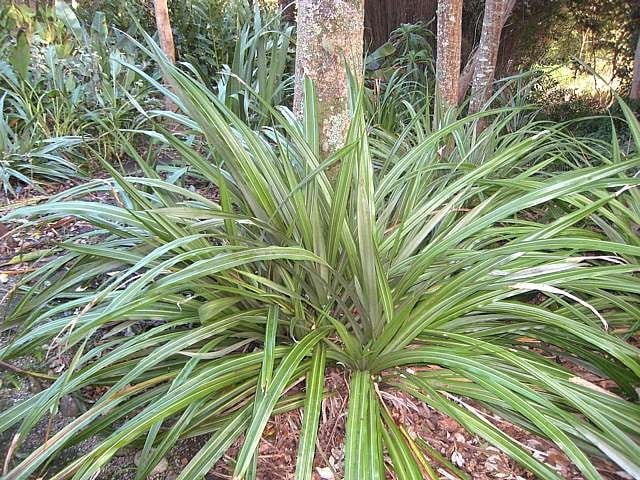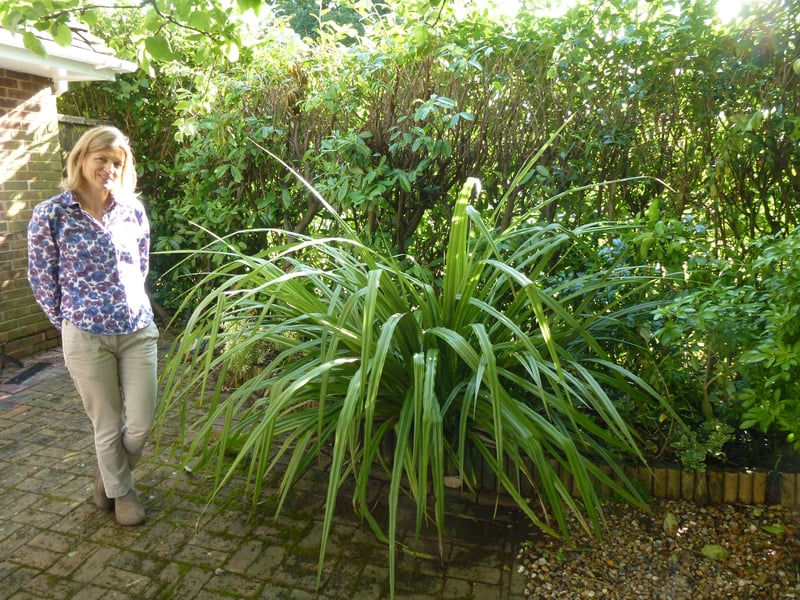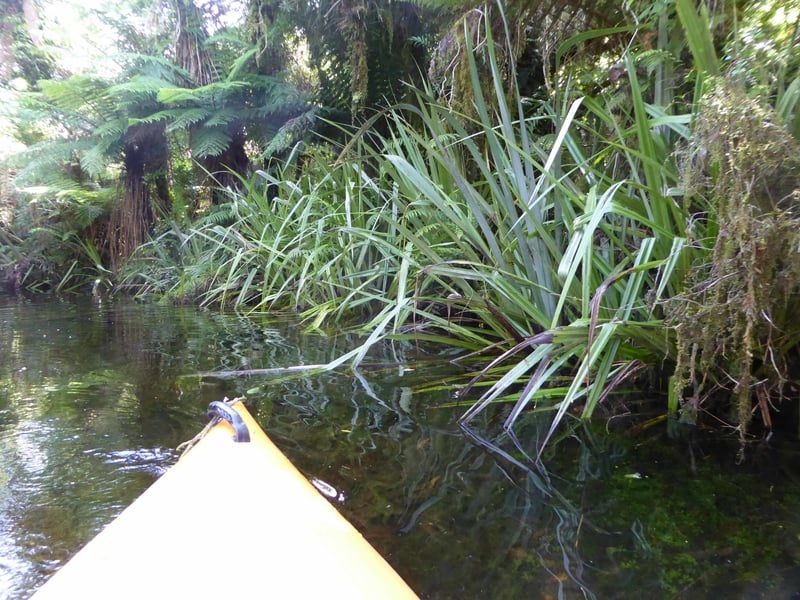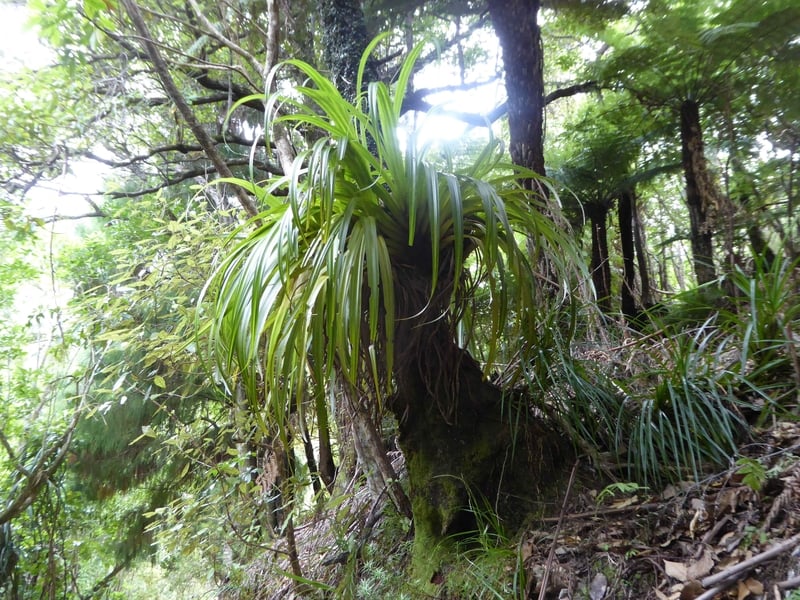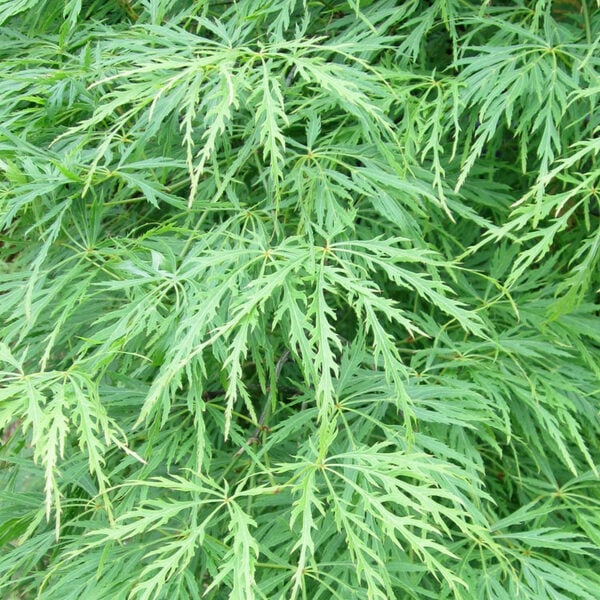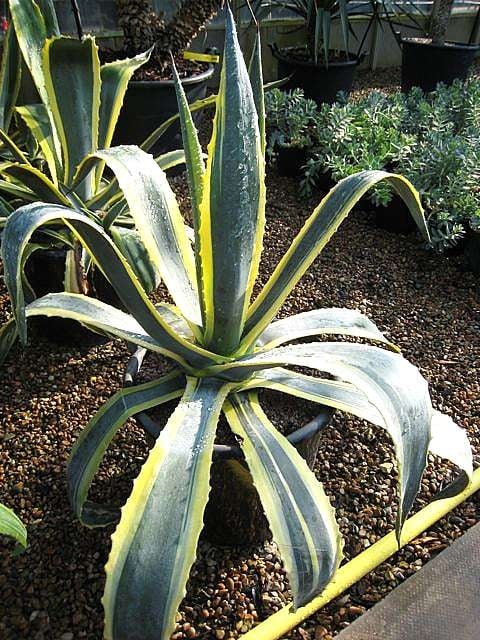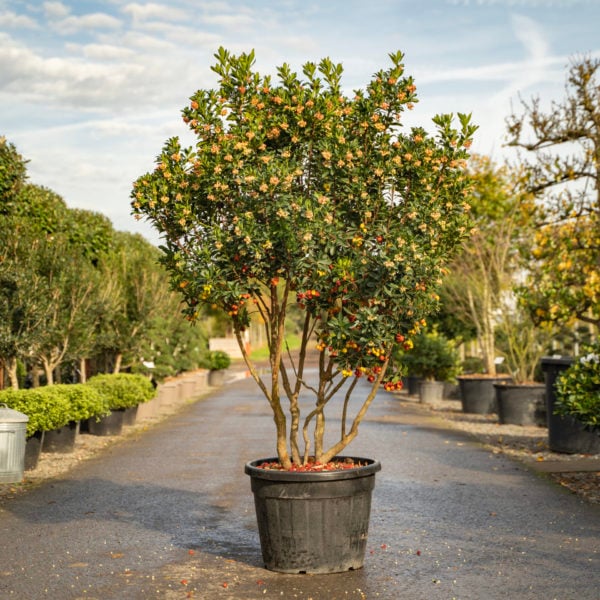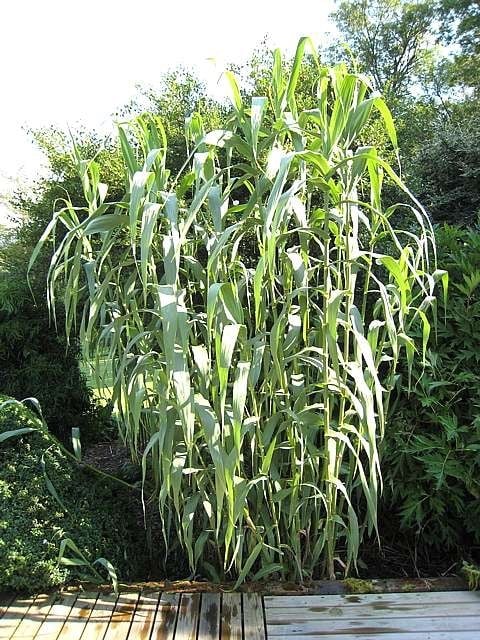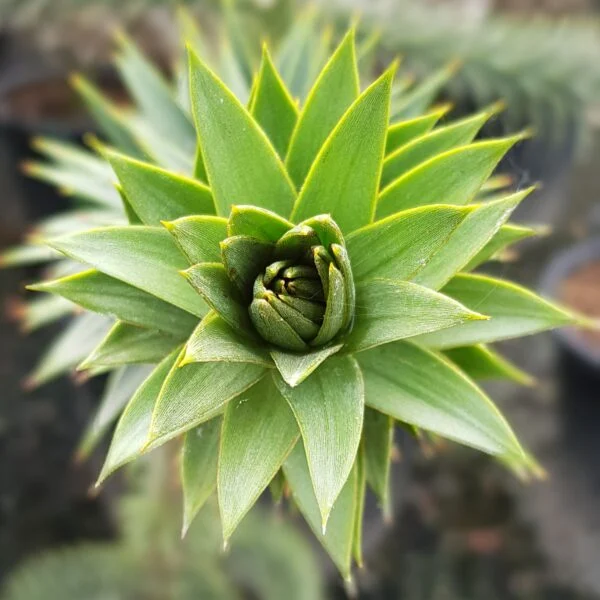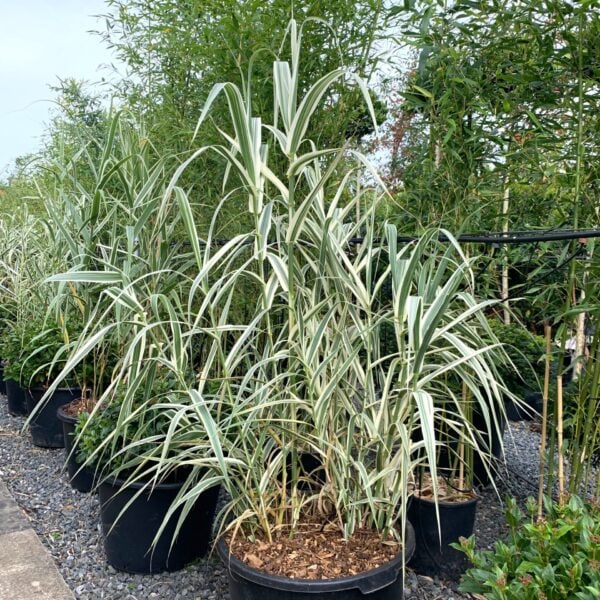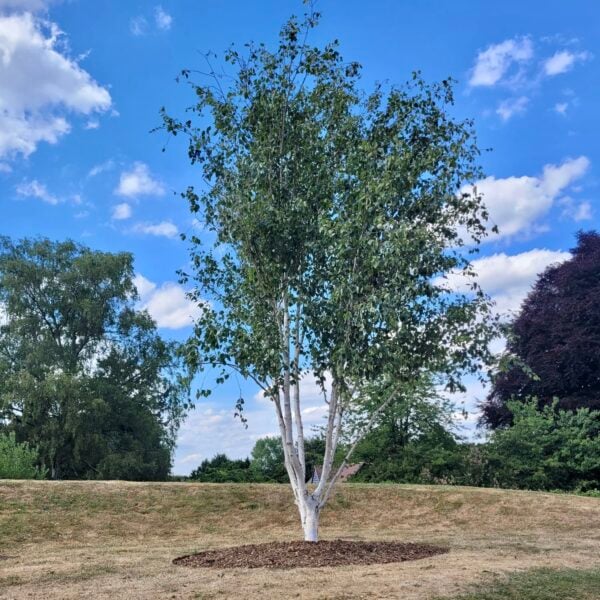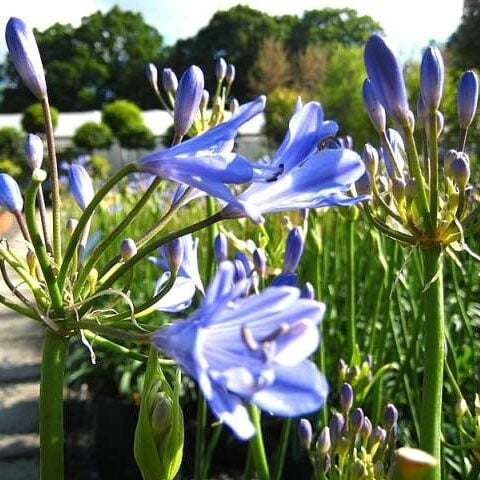Astelia nervosa (Mountain Astelia)
Silvery green sword shaped leaves with a darker mid rib. Gets to about 3-4ft. It grows as an epiphyte in N.Z. Would it do the same in Britain? Please contact us for stock availability and sizes.

Hardiness level Amber
There are two things that stand out about Astelias : 1. If you never get around to repotting them, they really don't seem to mind and 2. In the wetter parts of New Zealand (from where they come) they grow as epiphytes in trees. Plants that behave like that (there aren't many) seem to derive food and moisture from the atmosphere. They don't seem immensely bothered as to whether they grow in the sun or the shade either. So how can we make these - potentially - beautiful spiky plants happy? Good drainage is clearly a part of it - they hate having wet feet and the other thing is avoid very cold gardens and if in an unusually cold winter, they collapse, cut them down to almost nothing in March and they'll grow back. Remember that plants from New Zealand start growing in relatively low temperatures so don't leave it too late to cut them back.
The last two photos are of Astelias growing permanently in standing water on the margins of Lake Moeraki in South Island N.Z. and - within a few hundred metres - as epiphytes in an ancient Podocarp. In these west coast rain forests they grow in very dense shade and bright sunlight. Astelias are either the world's most adaptable plants or the world's most confusing plants.
The main picture of this plant is in the garden of one of our customers near to the nursery that she's had growing in her largely paved over front garden for over 10 years. When I first saw it, I didn't recognise it - it's nearly 5ft tall. This sort of behaviour just adds to the mystery. Why does the size they grow to vary so much?? Clearly the answer is that they get big because they're very happy so to re-phrase the question - what is it that makes them so happy? No easy answers but I hope the above may have cast a little light.
All propagated by division (splitting)
Additional Information |
|
|---|---|
| Soil Type | |
| Light | |
| Plant Type | |
| Continent of Origin | |
| Specialist Plants | |
| Situation | Coastal, Exposed (To wind and sun), Mild City Gardens, Plants for Pots, Sheltered Garden |
| Hardiness | |






